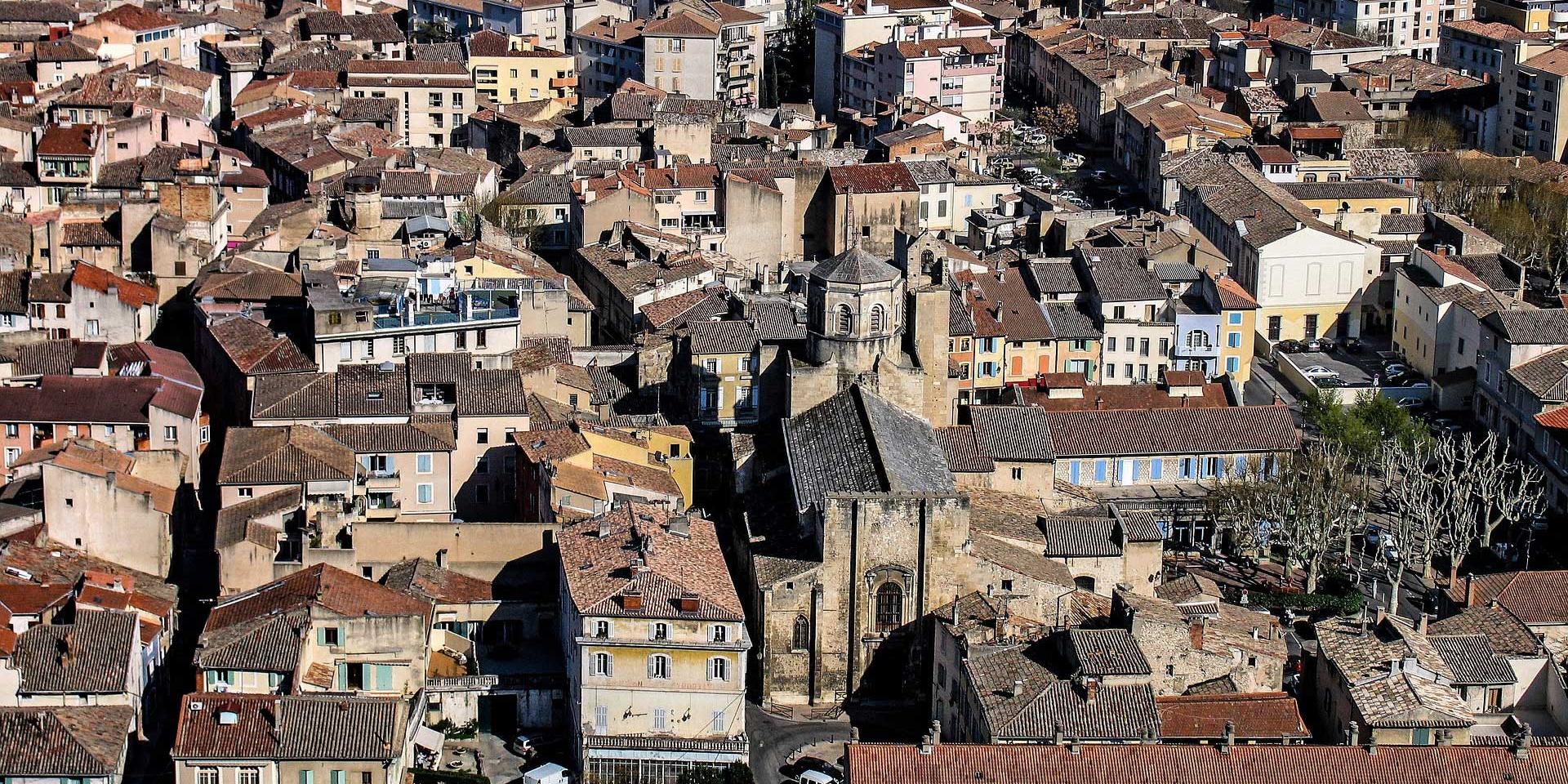Cavaillon is ideally located between the Chaîne des Alpilles and the Luberon Regional Nature Park. The commune lies at the foot of Saint Jacques Hill.
By visiting the town, you will be able to appreciate the many vestiges still visible such as the cathedral, the synagogue, the Hôtel d’Agar, etc. These buildings are reminiscent of the history of the town, which was Greek and then Roman before becoming an episcopal city in the Middle Ages.
Today, Cavaillon is a contemporary city particularly famous for its melon. Take advantage of your stay in Cavaillon to stroll through the market stalls, meet local producers and taste the regional specialties. Every year, at the beginning of summer, the town celebrates the melon through a circuit of exhibitions and tastings. On the program: parade of carts, brass bands, cooking competitions and more.
Cavaillon is also a tourist destination of choice thanks to its natural heritage. Nature lovers will be able to take one of the many hiking trails that crisscross Saint Jacques Hill. The most athletic can take advantage of the exceptional setting to try their hand at climbing or via ferrata. At the top, you can enjoy a breathtaking view of the Ventoux, the Luberon, the Durance, the Alpilles mountains and the Vaucluse mountains.
During your stay, discover, alone or with a guide, the surrounding tourist towns and villages such as Avignon, Orgon, L’Isle-sur-la-Sorgue, Apt, Gordes and Mérindol.
